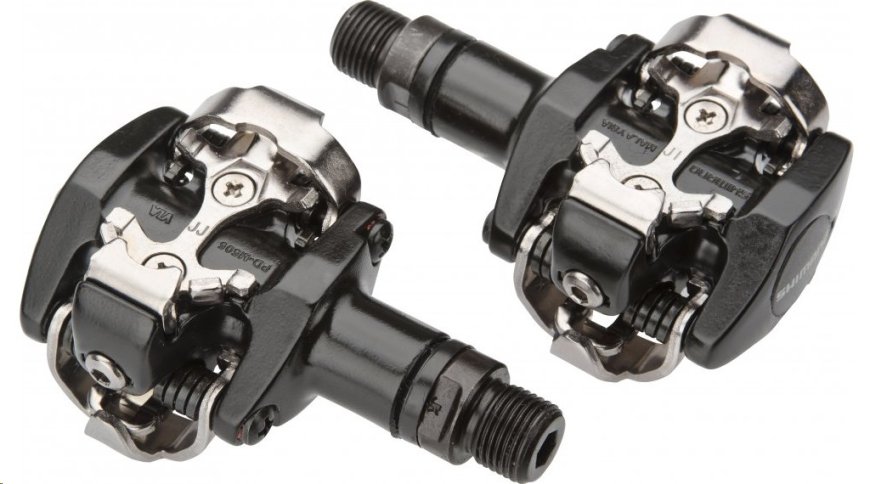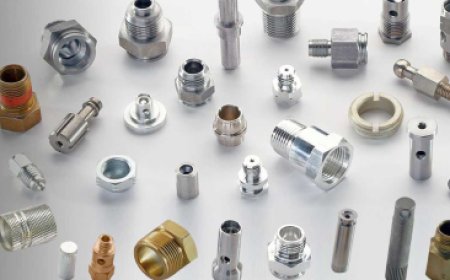Pedal, Shift, and Brake: An Analytical Look at Cycling Systems in the USA
Explore essential cycling components in the USA with a focus on shimano pedals, shimano bike parts, and shimano brake pads. Understand their role in enhancing riding efficiency, durability, and safety for everyday cyclists.

Efficiency and power transfer are crucial to any cyclists performance, and shimano pedals are a key component in achieving these goals. These pedals are widely used across a range of bicycle types, from road bikes to mountain bikes, due to their reputation for mechanical reliability and riding control. Pedals form the primary contact point between the rider and the bicycles drivetrain, making them essential in converting leg power into forward motion.
Cyclists in the USA often rely on parts that can endure diverse terrains and weather conditions. While the importance of pedals is well-understood, they are just one part of a much broader system. To maintain consistency in performance, all mechanical elements must function harmoniously. This includes derailleurs, cassettes, chains, and cranksets. When considering routine upgrades or replacements, riders must understand how each part interacts within the system to maintain proper alignment and gear efficiency.
Key Performance Components in Cycling
-
Drivetrain Mechanisms
-
The drivetrain includes various mechanical elements that directly influence speed, torque, and control.
-
Proper maintenance of these elements can reduce friction and improve longevity.
-
Compatibility between the chain and cassette is vital for optimal shifting performance.
-
-
Pedaling System
-
Pedal engagement and release mechanisms play a significant role in rider safety and control.
-
Adjustable tension features provide flexibility for different riding styles.
-
Material construction can affect weight and durability, impacting long-distance performance.
-
-
Gear Alignment and Adjustment
-
Misalignment can lead to chain skipping and inefficiency.
-
Routine calibration helps reduce wear and supports smoother gear transitions.
-
Tools designed for precise adjustment are important for do-it-yourself maintenance.
-
Durability remains a central concern for riders investing in quality components. Mid-range and advanced users frequently seek shimano bike parts due to their functional integration and long-term reliability. Understanding how these parts interact can assist in predicting potential mechanical failures before they compromise a ride. For example, improper gear shifting or delayed engagement could be signs of a worn cassette or stretched chain.
Maintenance and Wear Monitoring
-
Visual Inspection
-
Regular visual checks can help detect early signs of corrosion, warping, or material fatigue.
-
Look for any loosened bolts or cracked surfaces that could compromise safety.
-
-
Lubrication and Cleaning
-
Dust, mud, and water exposure can wear down components prematurely.
-
Using appropriate lubricants and cleaning agents helps maintain part integrity.
-
-
Replacement Intervals
-
Manufacturers typically suggest time- or mileage-based intervals for part replacement.
-
Ignoring these can result in cascading damage to interconnected components.
-
As cycling continues to grow in popularity across urban and rural parts of the USA, so does the emphasis on maintaining equipment that ensures both safety and performance. Regular inspection and timely replacement of parts are essential practices for both casual and competitive cyclists. Whether riding for fitness, commuting, or sport, properly functioning components play a vital role in the overall experience. For braking systems, reliability becomes even more critical, especially on downhill terrains or in wet conditions. Riders should regularly examine calipers, rotors, and ensure consistent pad engagement through the use of shimano brake pads for safe stopping.









































